How the Miami-Dade Teacher of the Year Doubled Her Music Program
Meet Vivian Ventura: Orchestra Director at Southwood Middle School; the winner of the 2025 Miami-Dade Teacher of the Year Award; accomplished violinist; mother of three; and Master of Music Education (MME) student. While Vivian’s accolades and accomplishments are impressive, what’s even more remarkable is her impact on her students.
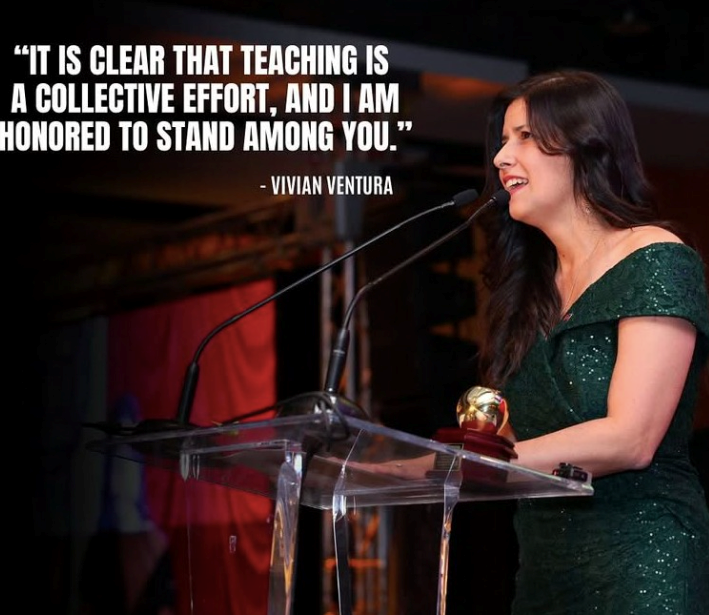
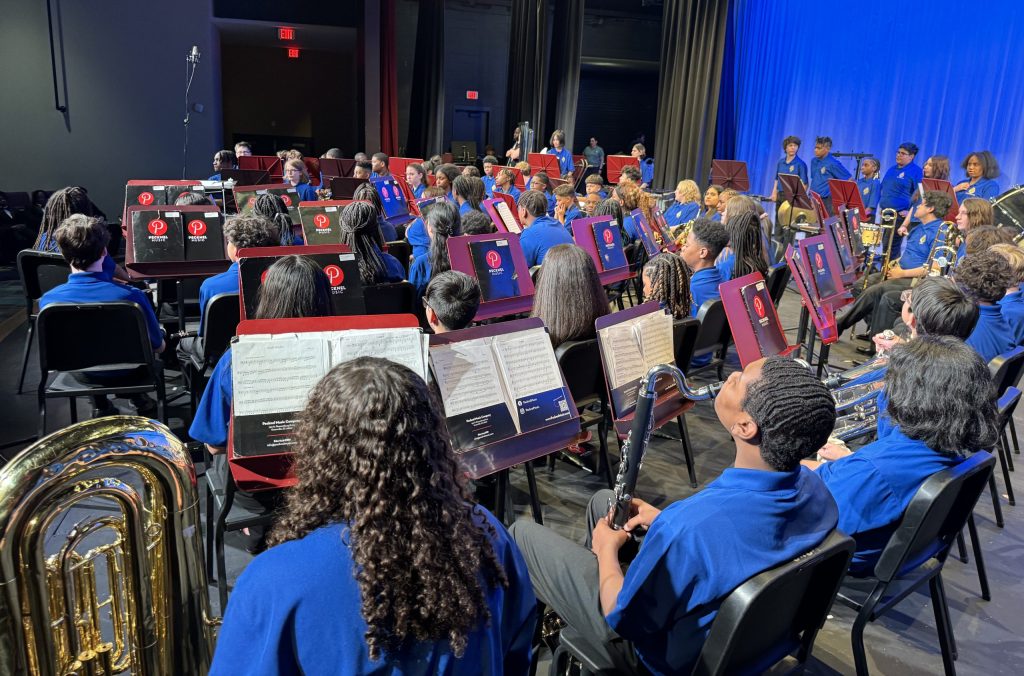
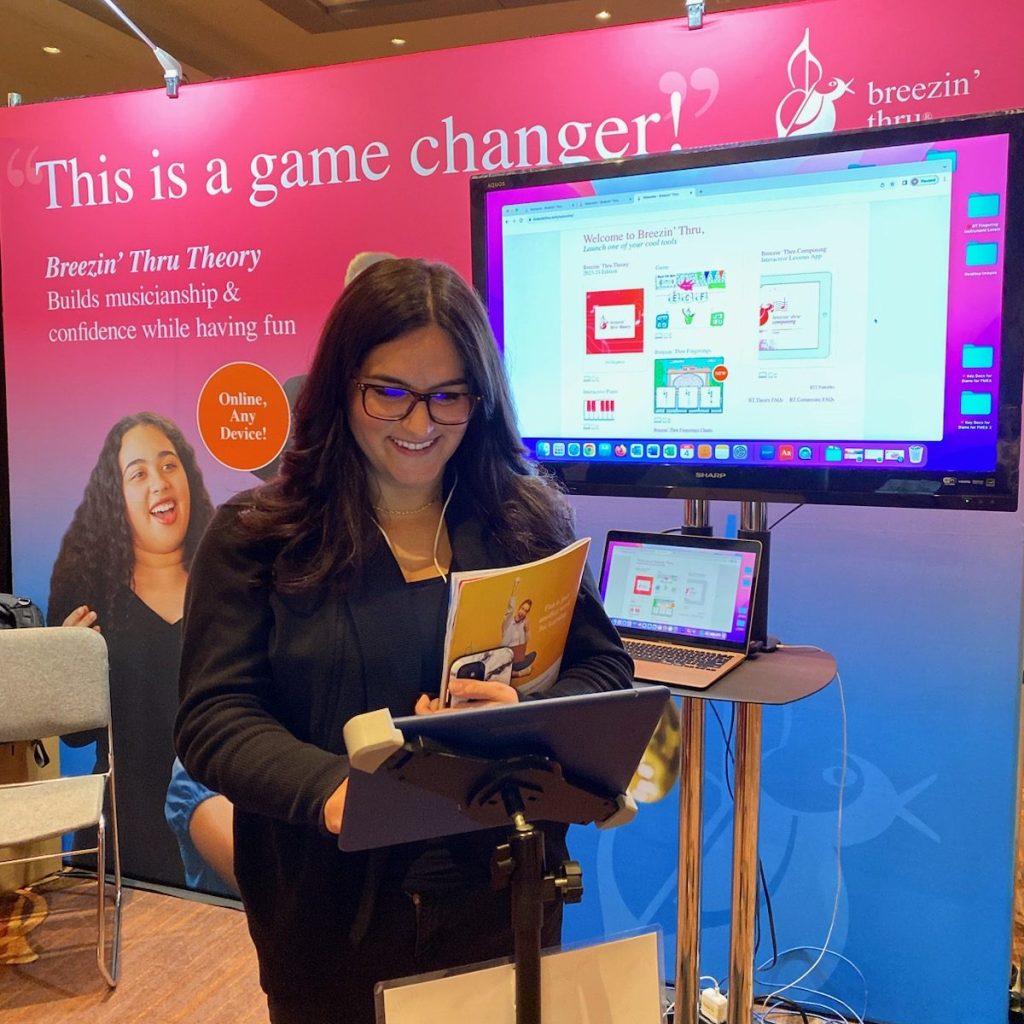
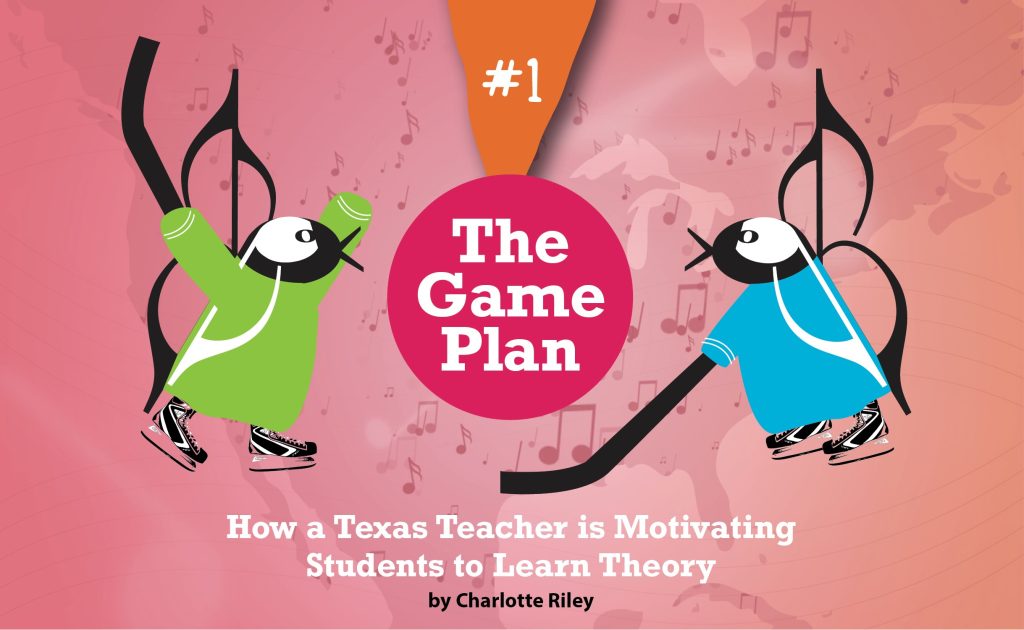
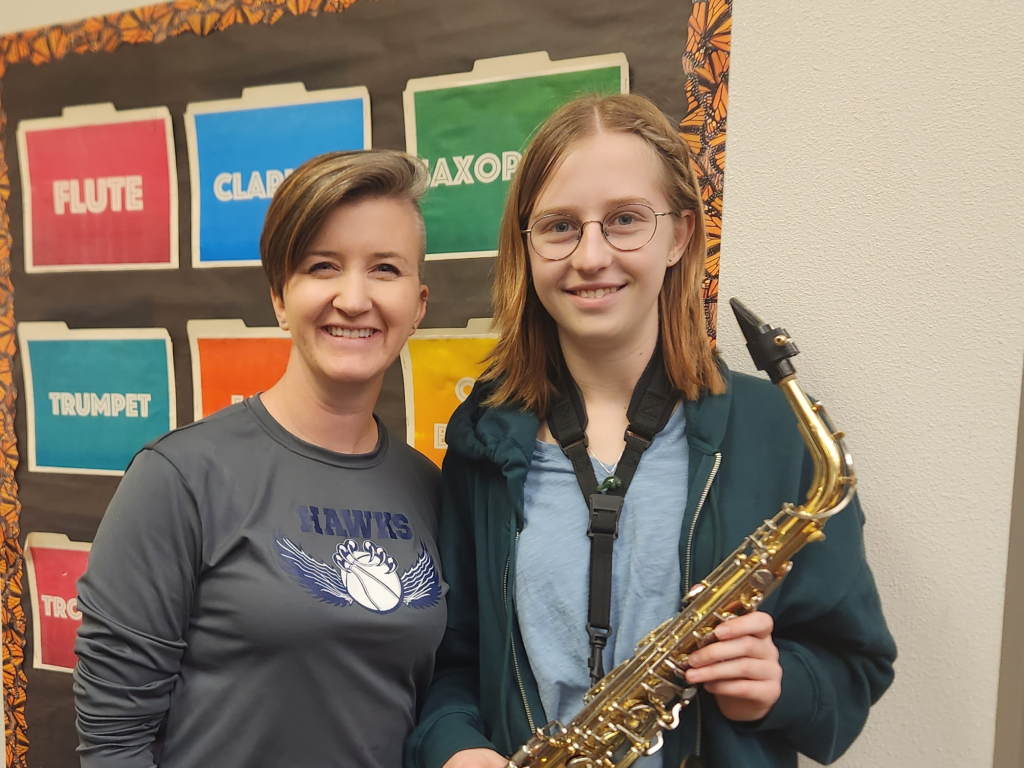

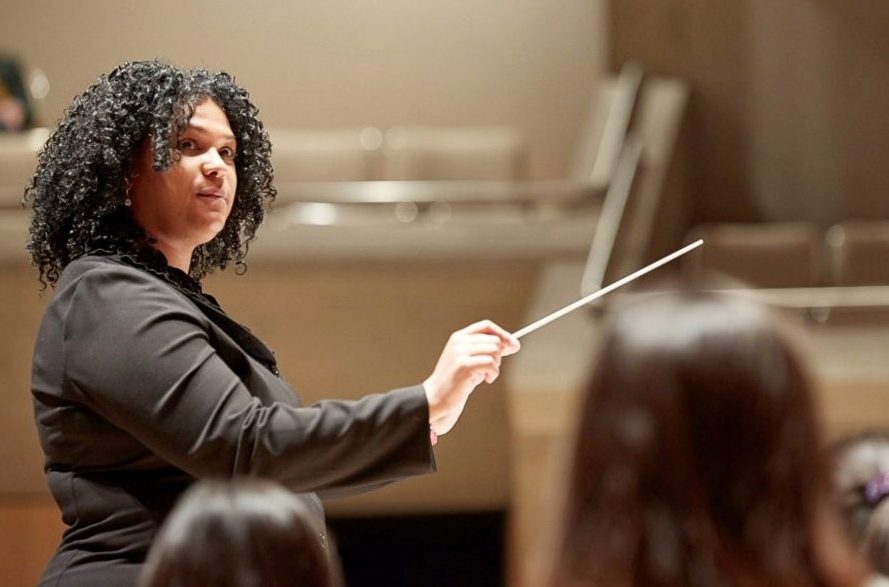

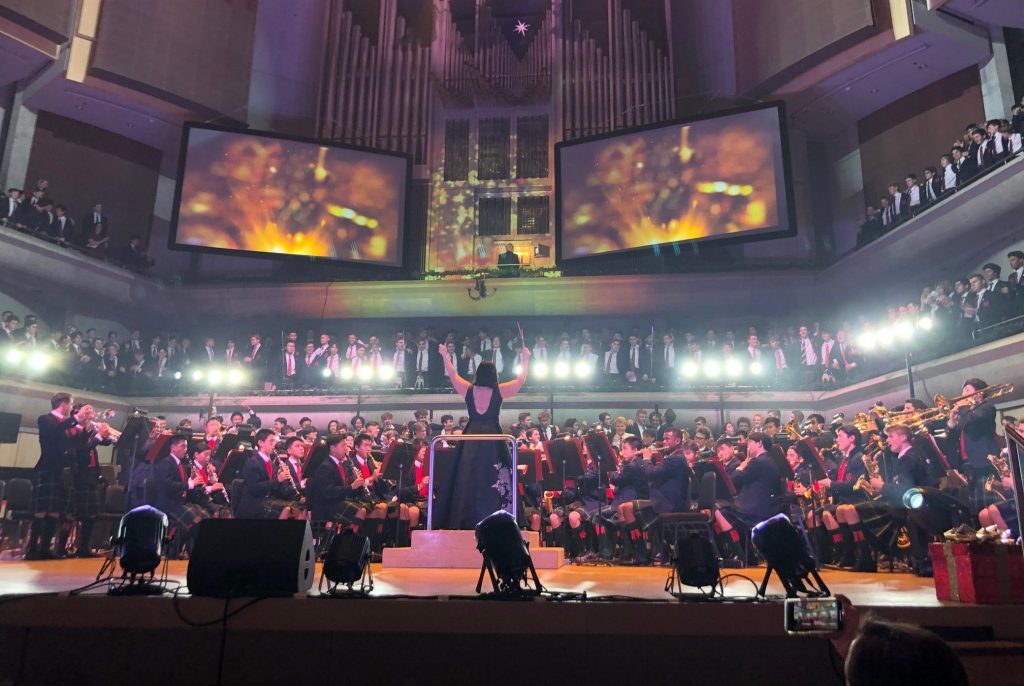
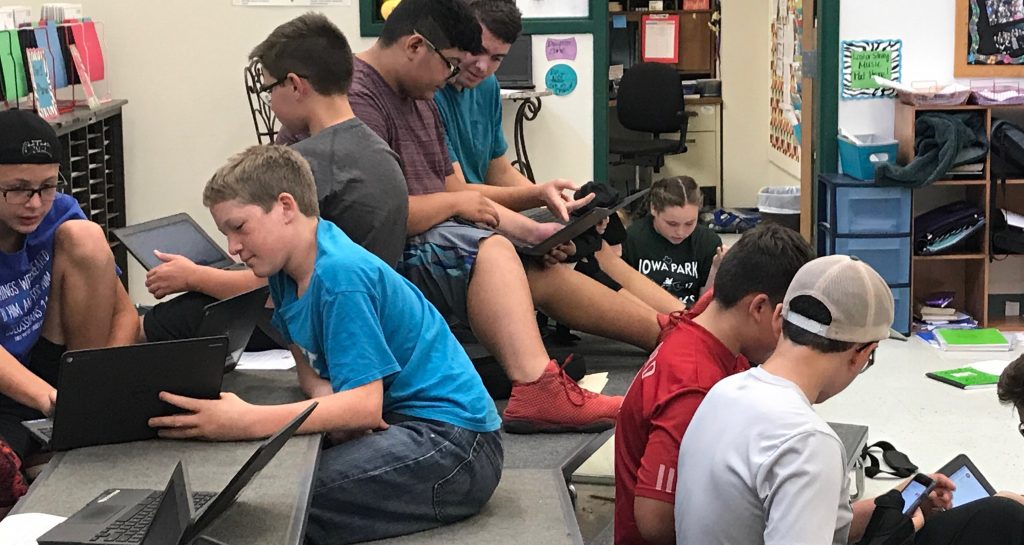 As a new teacher, and new to W.F. George Middle School, choir director Hannah Espinoza was given a challenge to grow the music program and have them competing at UIL (University Interscholastic League).
As a new teacher, and new to W.F. George Middle School, choir director Hannah Espinoza was given a challenge to grow the music program and have them competing at UIL (University Interscholastic League).